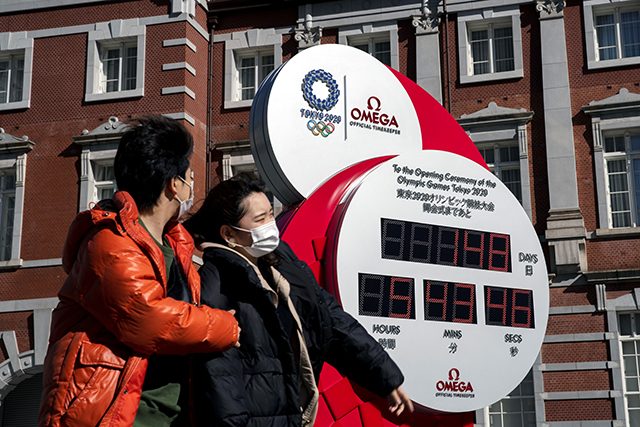
The Associated Press Stylebook shared an instruction on the proper usage of the deadly novel coronavirus or the COVID-19 in writing.
The World Health Organization introduced this official name last February 13. By this time, the new coronavirus strain had already infected thousands of people in at least 25 countries in the world.
Tedros Adhanom Ghebreyesus, head of the international health agency, spelled it out this way:
“We now have a name for the 2019-nCoV disease: COVID-19. I’ll spell it: C-O-V-I-D hyphen nine—COVID-19.”
The body responsible for classifying new viruses clarified that this is the name of the disease, not the virus.
The official name of the virus remained to be the severe acute respiratory syndrome coronavirus 2 or SARS-CoV-2, according to the Coronavirus Study Group of the International Committee on Taxonomy of Viruses.
The ICTV classified it this way after the new strain was found having similarities with the SARS pandemic between 2002 and 2003.
This information, however, still created some confusion on social media after people became used to the previous names such as the “novel coronavirus” and the “2019-nCoV” in describing the new virus.
To help readers understand, the AP advised writers on February 26 that the COVID-19, short for coronavirus disease 2019, should only be used on first reference or mention during the writing process.
“Because COVID-19 is the name of the disease, not the virus, it is not accurate to write a new virus called COVID-19. Instead: A new virus caused a disease called COVID-19,” AP said.
COVID-19 is acceptable on first reference for the coronavirus disease that first appeared in late 2019.
Because COVID-19 is the name of the disease, not the virus, it is not accurate to write a new virus called COVID-19. Instead: A new virus caused a disease called COVID-19. pic.twitter.com/6fxGkgunXv— AP Stylebook (@APStylebook) February 26, 2020
The international style guide provided a sample sentence on its post:
“COVID-19 is caused by a member of the coronavirus family that’s a close cousin to the SARS and MERS viruses that have caused outbreaks in the past.”
Writers can then mention that this disease is caused by a virus named SARS-CoV-2.
Careful in coming up with names of illnesses
Whether official or not, the classification of several severe illnesses before received heavy backlash for being insensitive to cultures, races, ethnicities and animals.
Back then, these diseases such as the swine flu, the Middle East Respiratory Syndrome, the German measles, the Ebola fever and recently, the Wuhan coronavirus were often named after the places the outbreaks originated or where they were discovered.
The growing crisis of the SARS-CoV-2 started in Wuhan, a sprawling city in Hubei province in China.
To prevent from causing further harm, WHO issued guidelines on naming new viruses and diseases. Basically, the name should not include:
- Geographical locations
- People’s names
- The name of an animal or a kind of food
- References to a particular culture or industry
As of February 25, according to WHO, Algeria, Austria, Croatia, and Switzerland reported cases of COVID-19 in the past 24 hours. There are 81,109 confirmed cases in the world.
The Philippine government, meanwhile, put on hold a travel ban to South Korea after Daegu, a city in North Gyeongsang recorded the most number COVID-19 cases there. Filipinos are not allowed to travel in South Korea with the exception of overseas Filipino workers, resident-student and permanent residents.









